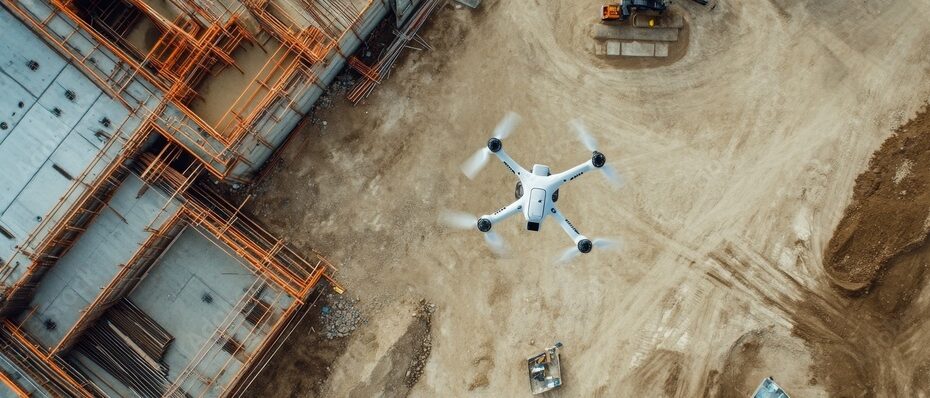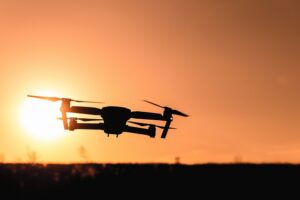Revolutionizing Surveying with Drones and GIS: A Game-Changer for Drone Surveying Industries – MachOne Advisors
Drone Regulations Around the World: A Global Landscape
Drones, also known as unmanned aerial vehicles (UAVs), have taken the world by storm in recent years. Their versatility has found applications in various fields, including photography, videography, agriculture, delivery services, and even search and rescue operations. However, the rapid growth of the drone industry has also raised concerns about safety, privacy, and national security. As a result, governments worldwide have implemented regulations to govern the operation of drones.
A Patchwork of Regulations
The regulatory landscape for drones varies significantly across countries. Some nations have adopted relatively lenient regulations, while others have imposed strict restrictions.
- Permissive Nations: Countries like the United States and Canada generally have permissive drone regulations, allowing for both recreational and commercial use with minimal restrictions. They often require registration and adherence to basic safety guidelines.
- Restrictive Nations: On the other hand, countries such as China and Russia have adopted more stringent regulations, often requiring permits and licenses for drone operations. These countries may also impose limitations on flight altitudes and locations.
- Evolving Regulations: Many countries are still in the process of developing their drone regulations. This can lead to confusion and uncertainty for drone operators.

Best and Worst Policies: A Global Perspective
It’s challenging to definitively rank drone regulations as “best” or “worst” as they often reflect a Country’s unique priorities and cultural norms. However, some policies have had a more significant impact on the drone industry than others.
Best Policies:
- Clear and Enforceable Regulations: Countries with clear, well-defined, and consistently enforced drone regulations provide a predictable environment for businesses and individuals. This fosters innovation and growth in the drone industry.
- Balanced Approach: Regulations that strike a balance between safety and innovation are often considered best practices. They allow for the development of new applications while minimizing risks.
- Facilitating Commercial Use: Policies that support the commercial use of drones can stimulate economic growth and create job opportunities.
Worst Policies:
- Overly Restrictive Regulations: Bureaucratic hurdles and excessive restrictions can stifle the growth of the drone industry. This can hinder innovation and limit the potential benefits of drone technology.
- Lack of Clarity: Ambiguous or inconsistent regulations can create confusion and uncertainty for drone operators. This can lead to legal disputes and hinder the industry’s development.
- Discriminatory Policies: Regulations that discriminate against certain types of drone operations or users can be harmful to the industry’s overall health.
The Future of Drone Regulations
As drone technology continues to evolve, it is likely that drone regulations will also need to adapt. Governments will need to strike a balance between promoting innovation and ensuring public safety. International cooperation will also be essential in developing harmonized regulations that facilitate the global operation of drones.
Conclusion:
The global landscape of drone regulations is complex and ever-changing. Understanding the specific regulations in different countries is crucial for anyone operating or considering investing in drones. By promoting clear, balanced, and supportive policies, governments can help the drone industry reach its full potential while mitigating risks.
Here are a few examples of countries with different drone regulations, along with their best and worst policies:

Permissive Nations:
1. United States:
- Best Policy: Clear and comprehensive regulations, such as the FAA’s Part 107 regulations for commercial operations, provide a framework for responsible drone use.
- Worst Policy: The complexity of regulations, especially for recreational users, can be confusing and deter people from entering the hobby.
2. Canada:
- Best Policy: A relatively permissive approach, allowing for both recreational and commercial drone use with reasonable restrictions, has fostered a thriving drone industry.
- Worst Policy: Some restrictions, such as limitations on flying near airports or over people, can be challenging for commercial operators.
3. United Kingdom:
- Best Policy: Clear guidelines and a focus on safety have helped to establish a well-regulated drone market.
- Worst Policy: Some restrictions, such as limitations on flying at night or over certain areas, can be inconvenient for drone operators.
Restrictive Nations:
1. China:
- Best Policy: Strict regulations aimed at ensuring national security and public safety have helped to prevent accidents and unauthorized drone flights.
- Worst Policy: The complexity of regulations and the need for permits and licenses an be burdensome for drone operators, especially small businesses.
2. Russia:
- Best Policy: A focus on safety and security has helped to minimize risks associated with drone operations.
- Worst Policy: The restrictive nature of regulations can limit the potential applications of drones and hinder innovation.
3. India:
- Best Policy: The government has taken steps to regulate drone operations, including requiring registration and adherence to safety guidelines.
- Worst Policy: The regulatory framework is still evolving, and there can be inconsistencies and ambiguities in the rules.
Evolving Regulations:
1. Japan:
- Best Policy: The government has been actively working to develop a comprehensive regulatory framework for drones.
- Worst Policy: The current regulations can be complex and confusing for drone operators.
2. Australia:
- Best Policy: The Civil Aviation Safety Authority (CASA) has implemented clear and concise regulations for drone operations.
- Worst Policy: Some restrictions, such as limitations on flying near airports or over people, can be inconvenient for drone operators.
3. France:
- Best Policy: The government has taken steps to promote the use of drones in various sectors, including agriculture and infrastructure inspection.
- Worst Policy: The regulatory framework is still evolving, and there can be inconsistencies and ambiguities in the rules.
It’s important to note that drone regulations are constantly changing, and it’s essential to stay up-to-date with the latest information before operating a drone in any country.

